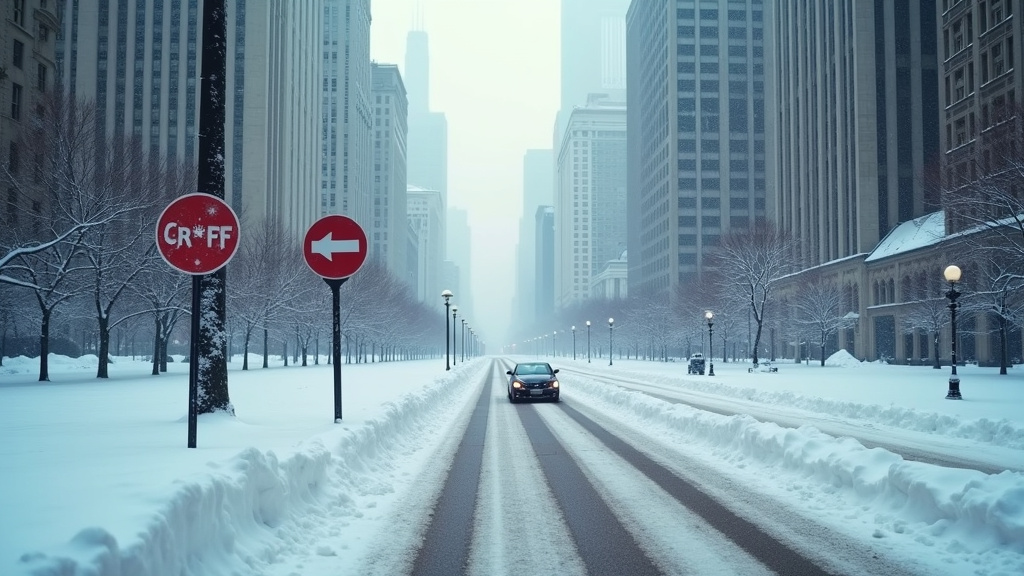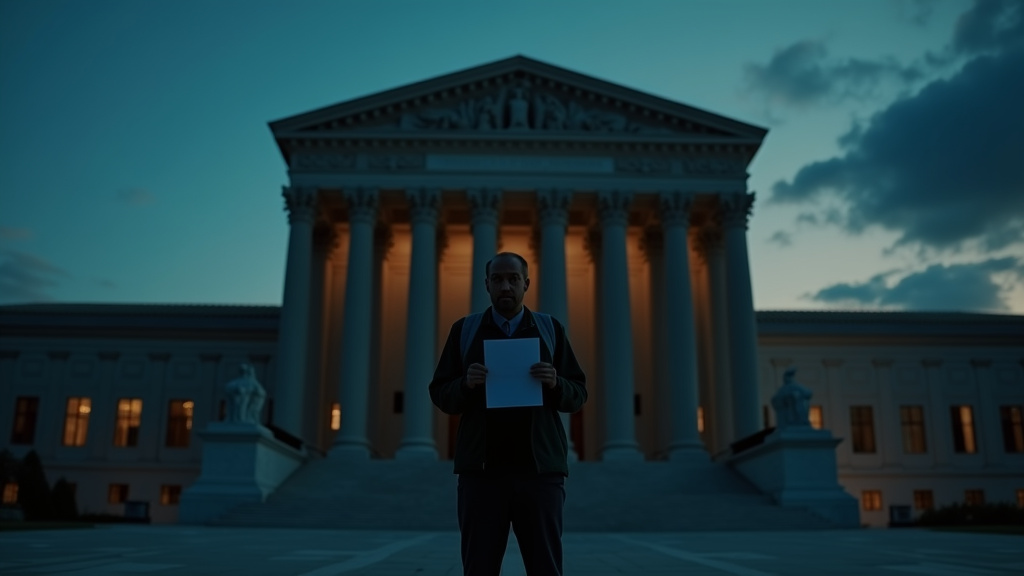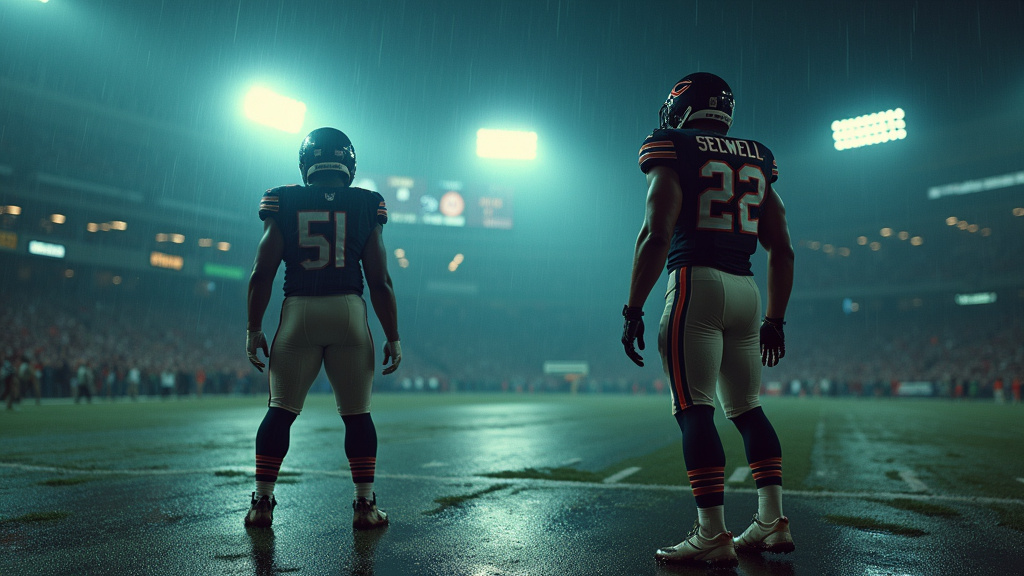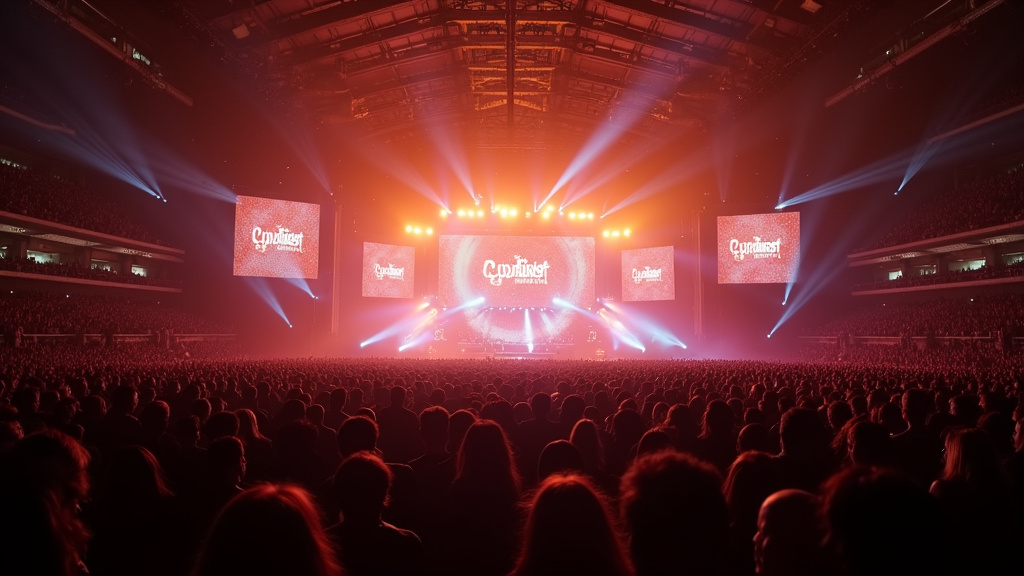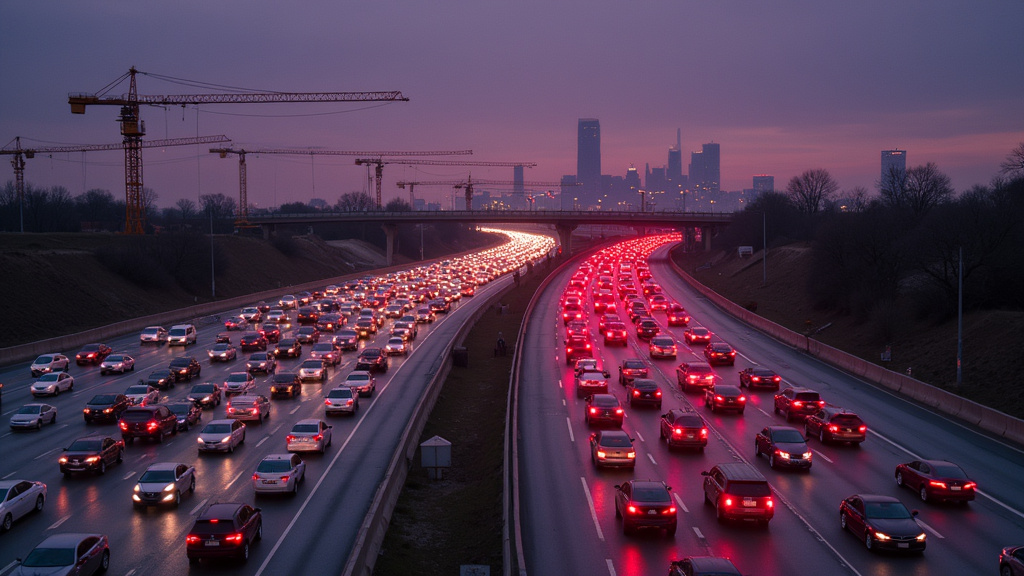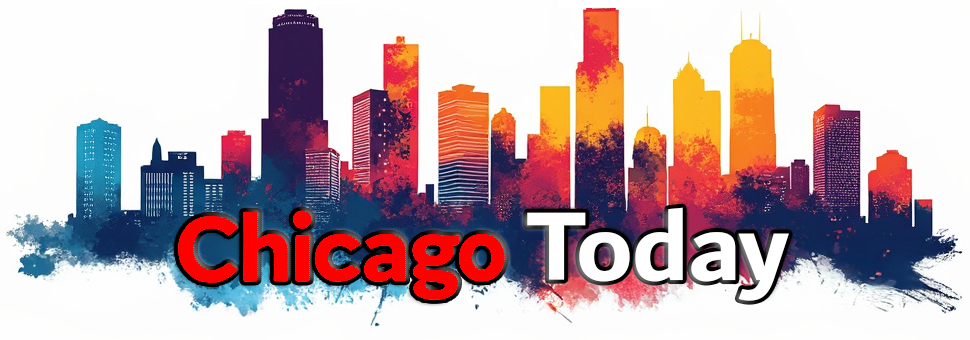Federal agents detained multiple individuals on Friday, October 3, 2025, near a U.S. Immigration and Customs Enforcement (ICE) facility in Broadview, Illinois, as protests against intensified immigration enforcement continued. The scene was marked by heightened tensions, partly fueled by newly installed barricades intended to separate demonstrators from law enforcement, a measure that critics argue restricts their ability to protest and observe. This incident underscores the ongoing friction surrounding immigration policies and enforcement operations in the Chicago area, which has become a trending topic in national news.
Escalating Confrontations and Detentions
On Friday, October 3, 2025, federal agents took several people into custody outside the ICE processing facility in Broadview, a suburb approximately 12 miles west of Chicago. The detentions occurred amidst ongoing, weekslong demonstrations targeting the facility. Protesters have increasingly sought to impede vehicles entering or exiting the site as part of a broader pushback against federal immigration enforcement actions that surged in early September. The recent installation of concrete barricades by state and local law enforcement, aimed at creating designated protest zones, has further inflamed the situation, with demonstrators expressing frustration over restricted access.
The Roots of the Broadview Protests
The Broadview ICE facility has been a consistent target for activists and community members concerned about immigration policies and the conditions within detention centers. Protests have intensified since Operation Midway Blitz, an aggressive deportation campaign, began in early September across the Chicago area, leading to over 900 arrests. Protesters cite concerns about inhumane conditions within the facility, alleging detainees are held for extended periods without adequate food, water, or access to medication, and that communication with attorneys is limited. Advocates also claim that ICE has obstructed inspections by elected officials.
Heightened Law Enforcement Presence and Tactics
In response to the persistent demonstrations, law enforcement agencies have significantly increased their presence around the Broadview facility. Illinois State Police and Cook County Sheriff’s Office established a temporary unified command, deploying officers in riot gear and setting up concrete barriers to designate protest areas. These measures aim to ensure public safety and maintain traffic flow, but have been met with criticism from protesters who feel their First Amendment rights are being infringed upon. Previously, federal agents have employed crowd control measures such as tear gas, pepper balls, and rubber bullets, leading to injuries and arrests.
Federal Charges and Legal Ramifications
The clashes between protesters and federal agents have led to significant legal consequences. At least five individuals have faced federal charges in connection with past demonstrations, including assault and forcible resistance of federal officers. Among those charged are individuals accused of possessing loaded firearms during confrontations, while others are alleged to have made physical contact with agents or made threats. These charges highlight the serious legal risks faced by protesters engaging in civil disobedience.
Broader Immigration Enforcement Landscape
The events in Broadview are emblematic of a larger national debate on immigration enforcement under the Trump administration. The Chicago area has been a focal point for these discussions and actions, with Operation Midway Blitz targeting undocumented immigrants. The administration has maintained a strong stance on immigration, with ICE issuing statements emphasizing that border enforcement remains strict despite any government shutdown. Homeland Security Secretary Kristi Noem’s presence at the Broadview facility on October 3rd, observed on the roof with armed personnel, drew sharp criticism from Illinois Governor J.B. Pritzker, who accused the administration of “gross misconduct” and demanded public accountability. This situation is part of a popular and trending national conversation about immigration policy and enforcement tactics.
Conclusion
The situation at the Broadview ICE facility remains a point of significant contention, characterized by escalating tensions between protesters demanding transparency and accountability, and federal agents enforcing immigration laws. The increased law enforcement presence, the use of barricades, and the ongoing detentions and federal charges reflect the volatile nature of these confrontations. As demonstrations continue, the outcomes of these legal cases and the future implementation of security measures will be closely watched, underscoring the complex and charged environment surrounding immigration enforcement in the Chicago region and across the nation.




